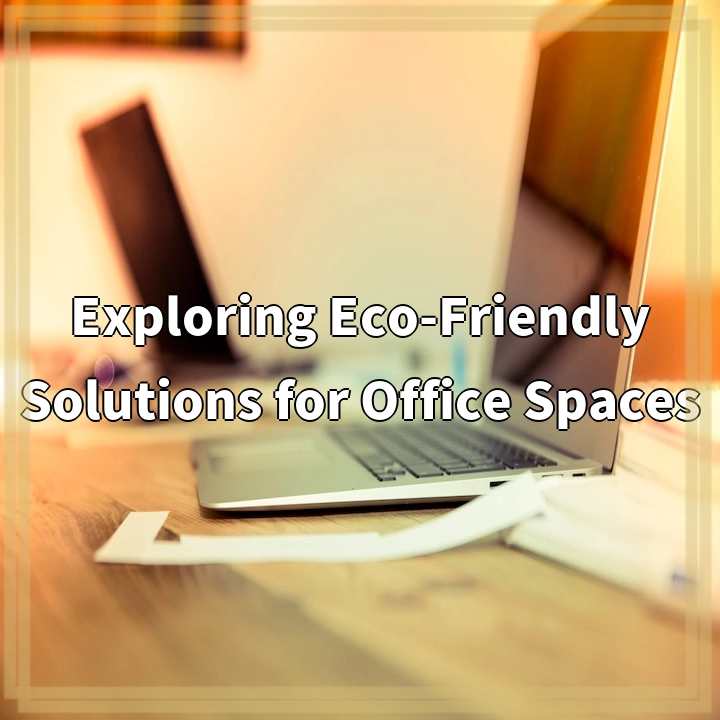
What is Environmentally-Friendly Architecture?
Environmentally-friendly architecture, also known as green or sustainable architecture, involves designing and constructing buildings that minimize their environmental impact, promote resource efficiency, and prioritize occupant well-being. This approach looks beyond the conventional notions of aesthetics and functionality, and instead focuses on creating spaces that harmonize with the natural environment while using energy, water, and materials efficiently.
Real-World Problems Associated with Environmentally-Friendly Architecture
1. Limited Awareness and Understanding
One of the biggest challenges in implementing environmentally-friendly architecture is the lack of awareness and understanding. Many individuals, including architects, engineers, and clients, are not familiar with the principles and benefits of sustainable design. This can hinder the adoption of green building practices and technologies.
2. Cost Considerations
Another significant hurdle is the perception that environmentally-friendly architecture is expensive. While sustainable materials and technologies may initially have a higher upfront cost, the long-term benefits, such as reduced energy consumption and operational costs, often outweigh the initial investment. However, the misconception of high costs can deter stakeholders from embracing green building practices.
3. Limited Accessibility to Resources
Access to sustainable materials, technologies, and expertise can be a challenge, particularly in certain regions or developing countries. Lack of availability or affordability of green building resources can impede progress in adopting environmentally-friendly architecture practices.
4. Complex Certification Processes
Many countries have established green building certification programs to incentivize sustainable construction. However, the certification processes can be complex and time-consuming. The paperwork, documentation, and fees associated with obtaining certification may discourage some architects and developers from pursuing sustainable building practices.
5. Overcoming Resistance to Change
Change can be difficult, especially in industries with long-established traditions and practices. Sustainable architecture challenges the status quo and often requires a shift in mindset, skill sets, and approaches to design and construction. Overcoming resistance to change and encouraging stakeholders to embrace innovative and sustainable solutions is a significant obstacle in implementing environmentally-friendly architecture.
Conclusion
While environmentally-friendly architecture offers numerous benefits, it is not free from challenges. Overcoming limited awareness, cost considerations, limited accessibility to resources, complex certification processes, and resistance to change are crucial steps towards widespread adoption of sustainable building practices. Despite these obstacles, the potential for creating healthier, more sustainable built environments makes the pursuit of environmentally-friendly architecture essential for a greener future.

Solutions to Real-World Problems in Environmentally-Friendly Architecture
1. Raising Awareness and Education
Addressing the lack of awareness and understanding is crucial for promoting environmentally-friendly architecture. This can be achieved through educational initiatives, workshops, and seminars targeting professionals, students, and the general public. By highlighting the benefits and principles of sustainable design, more individuals will be inspired to adopt green building practices.
2. Demonstrating Long-Term Cost Savings
To overcome the perception of high costs, showcasing the long-term cost savings associated with environmentally-friendly architecture is vital. Providing case studies and data on energy savings, reduced operational costs, and increased property value can help stakeholders understand the financial benefits of sustainable design. Incentives, such as tax breaks or grants, can also encourage the adoption of green building practices.
3. Expanding Access to Resources
Efforts should be made to expand access to sustainable materials, technologies, and expertise. This can involve partnerships between governments, NGOs, and private sectors to establish resource centers, training programs, and platforms for sharing knowledge and best practices. Local production and availability of eco-friendly materials can also be encouraged to improve accessibility.
4. Streamlining Certification Processes
To simplify the certification process, stakeholders must collaborate to streamline and standardize green building certification. Governments and industry organizations can work together to create clearer guidelines, reduce paperwork, and provide support and resources to navigate the certification process. Increased transparency and the use of technology to streamline documentation can also help make certification more accessible.
5. Engaging and Collaborating with Stakeholders
Collaboration between architects, engineers, developers, policymakers, and the community is essential to overcome resistance to change. By engaging stakeholders early on in the design process and involving them in decision-making, concerns and challenges can be addressed collaboratively. This can foster a sense of ownership and increase buy-in for environmentally-friendly architecture projects.
Conclusion
The solutions to the real-world problems associated with environmentally-friendly architecture involve raising awareness and education, demonstrating long-term cost savings, expanding access to resources, streamlining certification processes, and engaging and collaborating with stakeholders. By implementing these solutions, the adoption of sustainable building practices can be encouraged, leading to a greener and more sustainable built environment for future generations.















